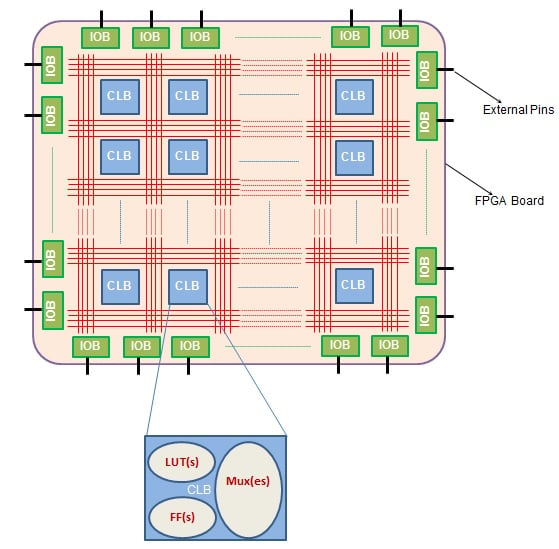

Another common application of look-up tables is to assign pixel brightness values to arbitrarily produce pseudocolor displays that emphasize certain image details. Manipulating the transfer function, and its corresponding look-up table, is a fast and efficient method for globally adjusting brightness, color balance, and contrast in a digital image. Pixel brightness values for each channel of the image are reassigned by the tutorial according to the transfer function graph using the look-up table, and the updated image is then displayed in the Specimen Image window. The look-up table is composed of a memory storage array whose indices and entries are input brightness values and output brightness values (specified by the transfer function), respectively. The curve corresponding to each of these separate channels represents a transfer function, which relates stored (input) brightness values present in the original digital image to displayed (output) brightness values utilizing a look-up table. In the tutorial, there are five channels available for modification: RGB (grayscale), Red, Green, Blue, and Intensity (using the HSI color model). Visitors should explore modifying each transfer function curve and observe the resulting effects on the appearance of the specimen image.

After any operation that selects a nodal point and causes the input and output pixel values to appear in bold characters, the cursor can be returned to coordinate read-out mode by clicking the mouse cursor inside the graph window, some distance away from the curve. After editing either text field, the keyboard Enter key must be used to move the nodal point to the new position. While a nodal point is selected, the text fields may be edited to translate the nodal point value to an exact location on the graph. When a nodal point is selected, by clicking it with the mouse cursor, the coordinates of the nodal point are displayed using bold characters in the input and output text fields, and override values that were previously entered using the keyboard. The Output Pixel Brightness and Input Pixel Brightness text fields may be utilized to measure coordinates on the graph by moving the mouse to any point inside of the graph window. In either the fitted curve or free-hand curve-drawing mode, the transfer function curve will be updated while the mouse is being dragged, but the Specimen Image window will be updated only after the mouse button is released. If application of the smoothing function is continued, the resulting curve will eventually revert to a straight line. The Smooth button can be clicked repeatedly to apply progressively more smoothing to the curve. The free-hand curve can be smoothed by clicking on the Smooth button located under the Free-Hand Curve checkbox. When the Free-Hand Curve checkbox is selected, a free-hand curve may be drawn directly onto the Transfer Function Graph window by clicking and dragging the mouse cursor inside of the window. Points may be removed from the curve by dragging them outside of the grid.
The added nodal points, including the endpoints, may be moved by dragging and dropping them anywhere within the grid area of the window. When the Fitted Curve checkbox option is selected, translatable point nodes may be inserted into any location on the Transfer Function Graph window by clicking on the desired location adjacent to the curve with the mouse cursor. In order to display a grayscale form of the specimen image, use the mouse to place a checkmark in the Grayscale Image checkbox positioned in the lower left corner of the tutorial window. To operate the tutorial, select a specimen image from the Choose A Specimen pull-down menu, and choose a channel of the specimen image to modify using the Choose A Channel pull-down menu. Visitors will note that specimens captured using the various techniques available in optical microscopy behave differently during image processing in the tutorial.Īdjacent to the Specimen Image window is a Transfer Function Graph that displays a plot of the Input Pixel Brightness values versus the final Displayed Pixel Brightness values. The following nomenclature is used: ( FL), fluorescence ( BF), brightfield ( DF), darkfield ( PC), phase contrast ( DIC), differential interference contrast (Nomarski) ( HMC), Hoffman modulation contrast and ( POL), polarized light. Each specimen name includes, in parentheses, an abbreviation designating the contrast mechanism employed in obtaining the image. The tutorial initializes with a randomly selected specimen image (captured in the microscope) appearing in the left-hand window entitled Specimen Image. This interactive tutorial explores how manipulation of the look-up table can be employed to alter various properties of a digital image, such as contrast and color values.


 0 kommentar(er)
0 kommentar(er)
